
|

|

|

|

|

|

|

|

|

|

|

|

Not a second to lose...
Marshall's speed of shooting meant that the schedule rattled along at a cracking pace. Where most action shoots would take 10-12 weeks, Marshall managed to get down to a 7 week intensive period of principle photography to maintain the energy and immediacy of the piece.
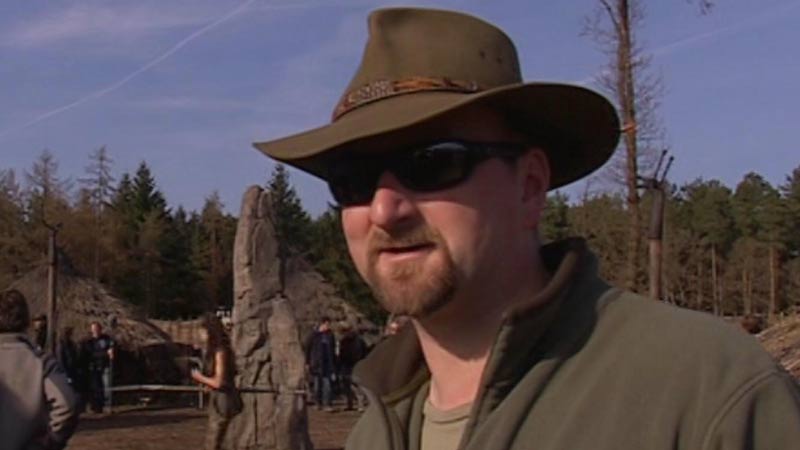
"Working with Neil is very exciting," says Stunt Coordinator Paul Herbert. "He's a man that knows exactly what he wants. He works very quickly. He won't make you do things over and over again. He knows how it's going to be put together and you just move on."
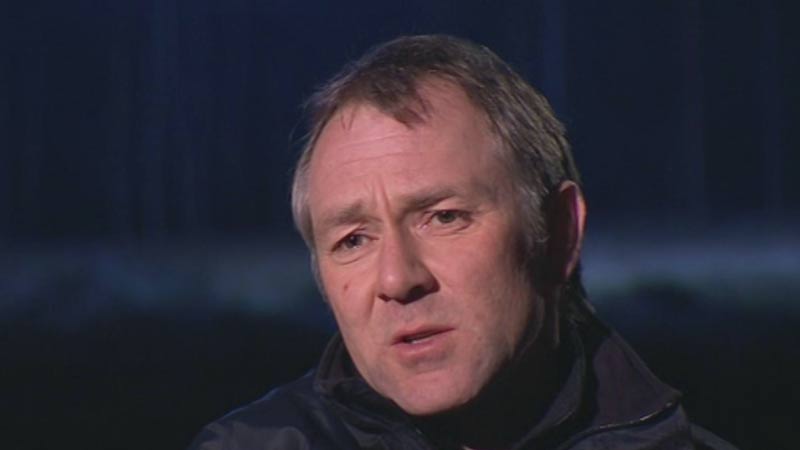
The intensive weapon training and fight rehearsals the actors had undergone also enable Marshall to maintain the pace he craved. "When we come to shoot it, we just take what they've done; stick it in the location or the set or wherever it is, and away they go. We can just film it."
And multiple cameras, and the crew were able to capture scenes quickly and move on.
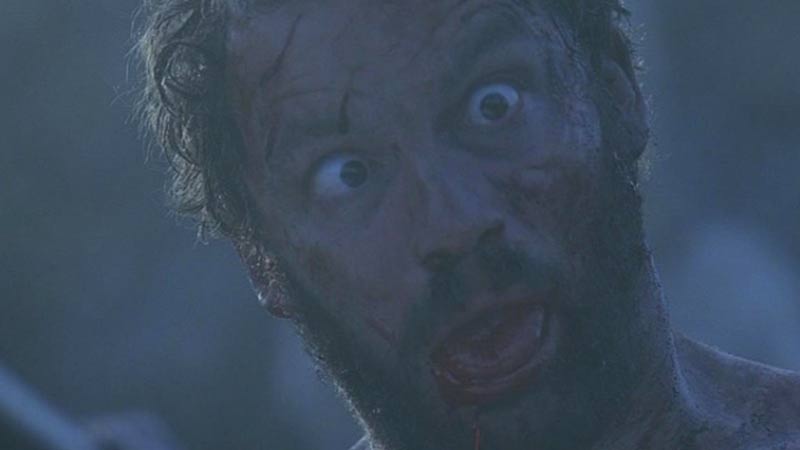
Having good experience as an editor enable Marshall you know when he's got his shot. "I don't like to mess about when I'm on set," he says. 'I like to keep everyone motivated – to keep everybody going. I'm always thinking about three or four shots ahead. When we're doing one shot, I'm thinking, 'We're going to do that one next, and then we're going to come round and do this one.' If I nail it in two takes, then great – what's the point of doing three?"
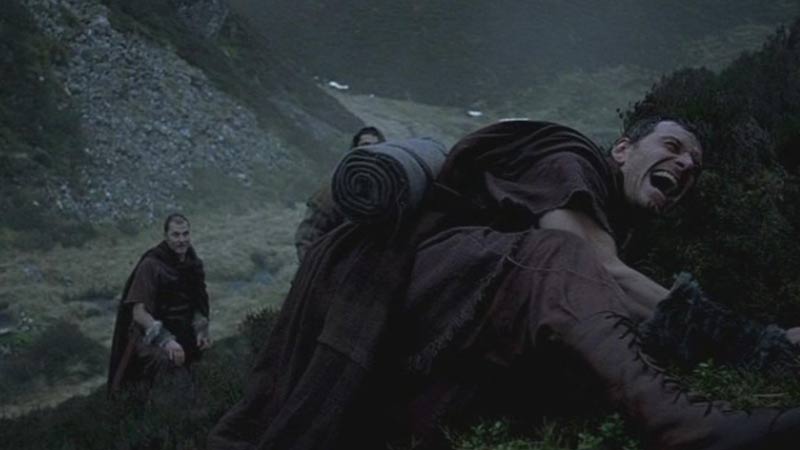
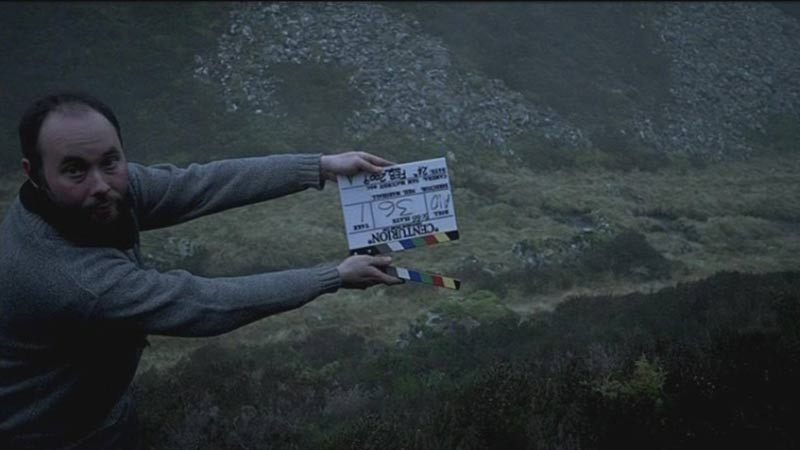
Dominic West gives the point of view from in front of the camera: "Neil's quick, which sort of puts everyone on their game. It really makes people sit up. It makes us more alert. And so we get it right first time, usually."
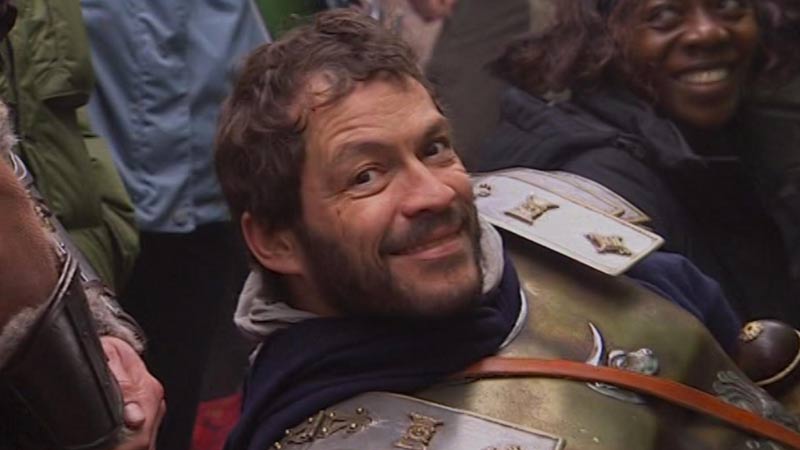
Fassbender notes how Marshall's approach suited the story they were dramatizing. "Neil moves at quite a lick which works well with the film really because it's a chase film; it's pretty frenetic, so that sort of dynamic comes through."
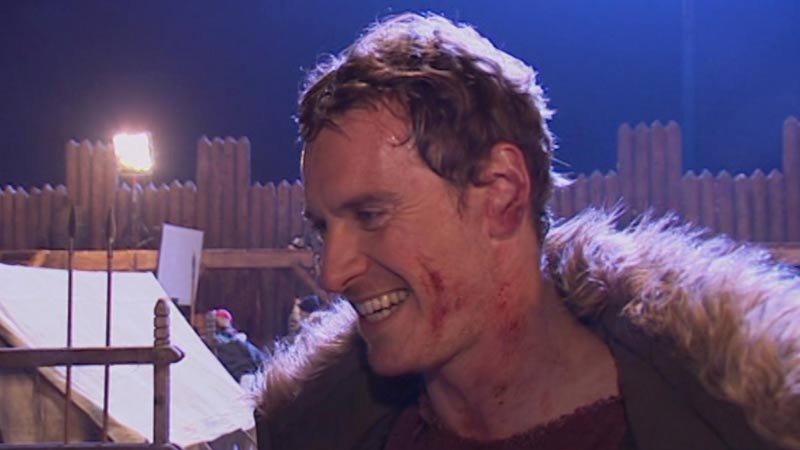
Working at great speed on action sequences would not have been possible without a skilful and knowledgeable director.
"Even in pre-production he knows exactly what he wants and what he needs," says Prosthetic Designer Paul Hyett. "Sometimes he'll just say, 'O, I just need a fake head here' or 'I just need a blood tube shoved up a costume.' And, you know, he's very knowledgeable about the prosthetics – how we make them; what's involved, how to shoot it, you know. He says 'may be we should shoot it from this angle or that angle; we've cut away from this, at that point and don't worry about that; we'll be in there by that point. 'You know, some directors are not quite sure how it works or what to do. They don't want to ask."
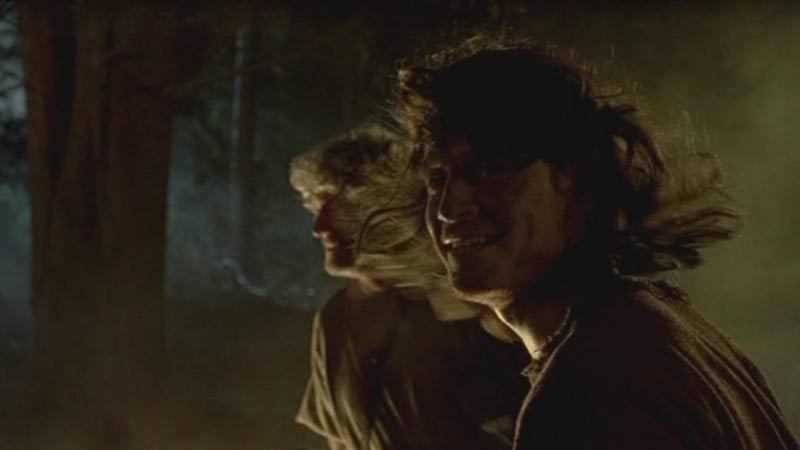
Producer Robert Jones summarises Neil Marshall's suitability for direction his own screenplay: "I think Neil's certainly the best director in the country for this kind of thing. He's very capable with the action; and has a real enthusiasm for this kind of subject as well. He has a real understanding of how far you can push characters in this kind of story. He understands the importance of it not just being action – of you investing in the characters. As well as being someone who can work quickly, who is flexible, who's very light on his feet, and works well with both crew and the actors."
